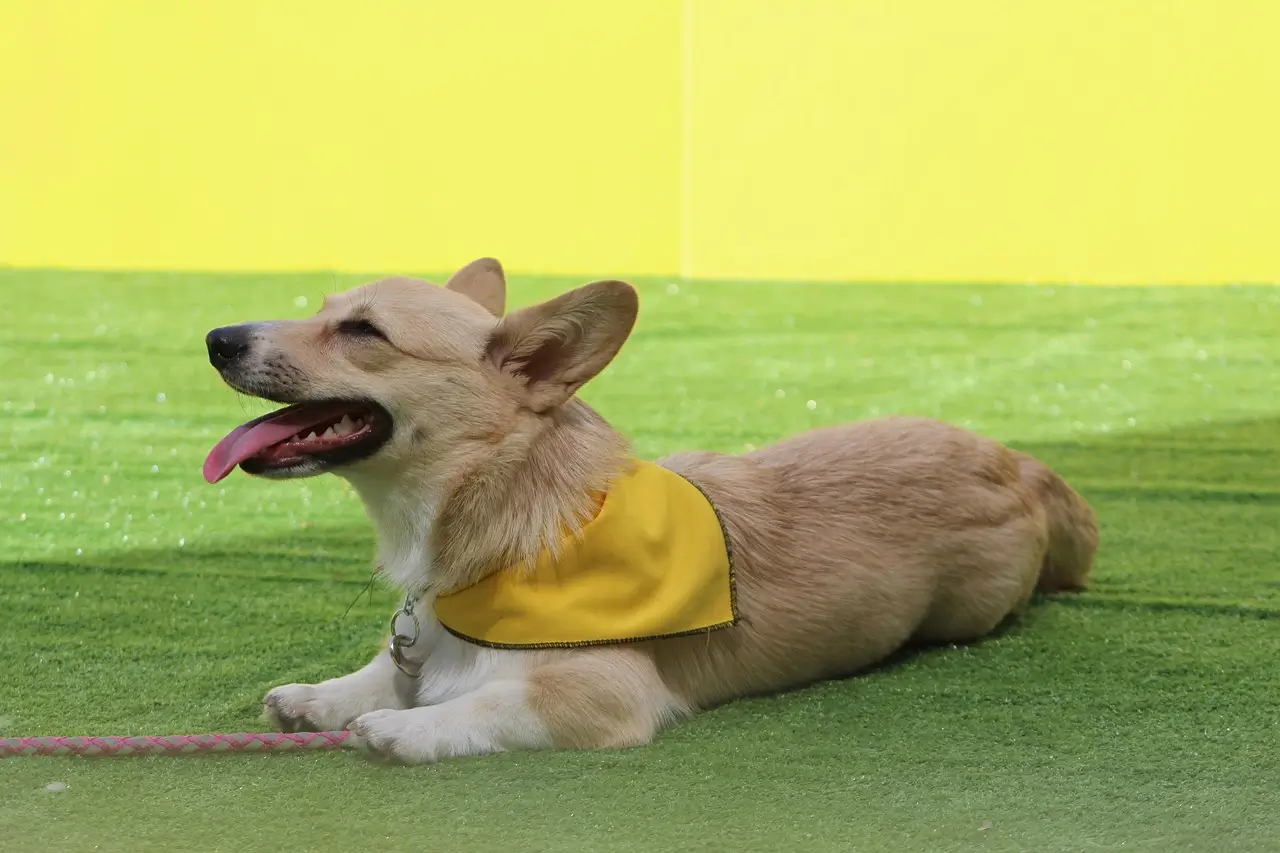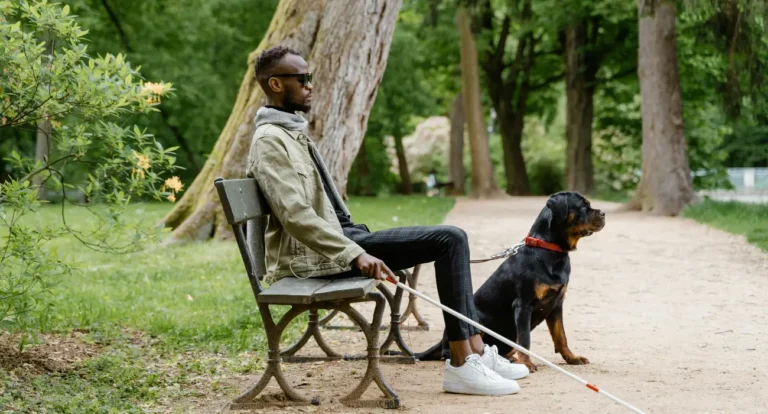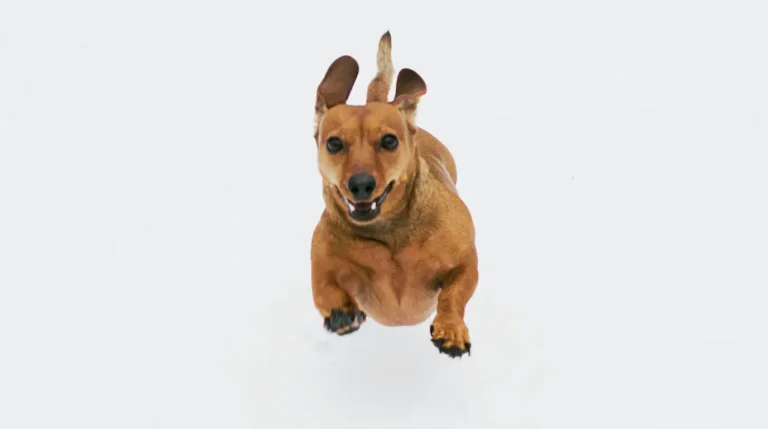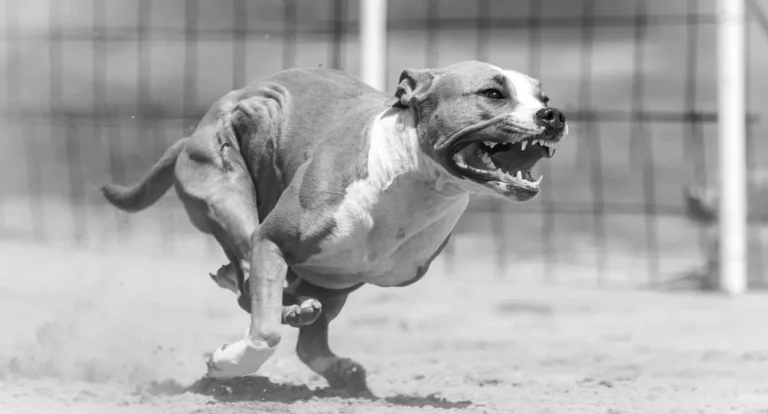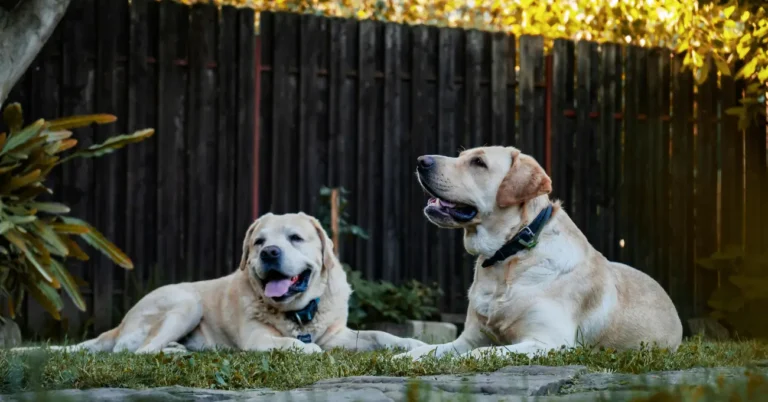Master Dog Commands for a Happy, Obedient Dog | 10 Essential Training Tips
Dog training is so much more than teaching your dog to sit or fetch. Ultimately, with dog training, we have the opportunity to build a deep bond and effective communication with our dog. New dog owners, or people who have lived with their dog for some time, know how much dog training can help the relationship between dog and owner be more pleasant and rewarding.
Table of Contents
Knowing dog commands is essential in developing a happy and stress-free life together, as well as your dog’s well-being. In this blog, we’ll discuss the 10 dog commands that every dog should learn. These dog commands will help your dog be calm, obedient, and happy. So, get out the leash, find some motivated treats, and let’s get started!
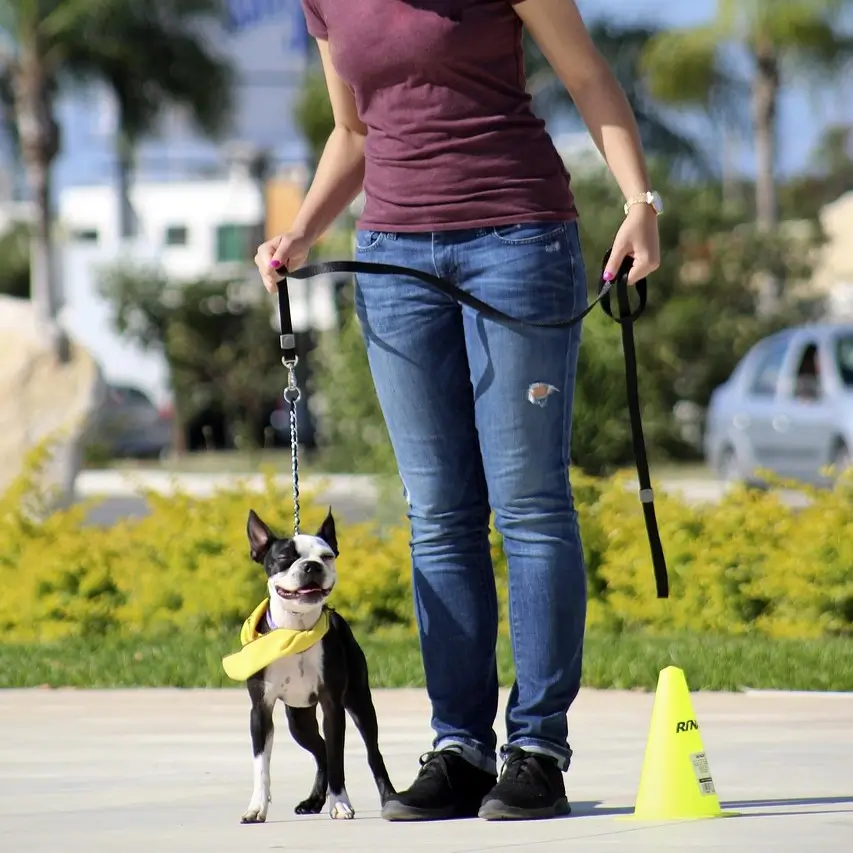
Why Are Dog Commands Valuable for Dog Happiness?
Dog training is not merely about controlling your dog. It’s a way in which we create a conversation with our dog, built on mutual regard and pedigree respect. By using dog commands, we establish clear communication with our dog, and this builds trust so your dog feels at ease and confident about what they are doing and what is happening in their world.
The Benefits of Dog Commands:
Safety:
Commands, like “Come” or “Stay”, may save your dogs life in very dangerous situations (like running into traffic or towards a dangerous situation).
Stress Relief:
Dogs do best in surroundings with rules and expectations. Commands reduce confusion, ease anxiety, and boost confidence.
Closer Bond:
Training will develop the bond between you and your dog which leads a to a more rewarding and fulfilling bond. These basic commands begin the transformation of your dog’s behavior and will make your walk more fun, your vet visits less traumatic, and visits with others less stressful.
10 Basic Dog Commands Every Dog Should Know!
1. Sit – The First Command!
Involves your dog acknowledging you, removing its focus from its surroundings. This is one of the first commands every dog should learn. Sit also works for other commands like “Stay” and “Down”. Your dog will also learn to settle down and pay attention to you.
Why it matters: Teaching your dog to sit at the very outset of training provides focal energy and gives them the opportunity to become calm, which sets you up to teach subsequent behaviors to engage their brains! It’s also a useful command when you need your dog to remain in place like when someone rings the doorbell, or when you are out in the world, around distractions.
How to teach them to sit: Capture their attention: Bring the treat close to their nose and move it upward. Move their body: Your dog will follow it with their eyes and subsequently move their backside down. As soon as their bottom is on the ground, immediately just say “Sit.” Reward and reinforce: Give the treat and a verbal praise. Repeat this several times until your dog is reliably sitting on command.
2. Stay
Building PatienceThe “Stay” command teaches your dog to stay in position. The “Stay” command is an important part of teaching them self-control, as it is a skill that is used most often when you want your dog to stay calm and stationary.
Why this skill is important:
The “Stay” command is a more advanced and useful skill you can teach your dog to prevent them from running into situations that can be dangerous, such as running out of the door or into traffic with a car coming. In addition, the “Stay” command can help when you are just managing your dog in public or at home when guests come to visit
How to teach “Stay”:
Start with a sit: You will first ask your dog to sit.Introduce stay: When your dog is in the sitting position, reach your hand out in front of you (like a “stop” sign) and say “stay.”Increase distance:
Once you feel like your dog is holding, take a small step back and then step back to your dog to reward them only if they stayed in position.Increase duration: As you practice stay, start to increase the time before you reward that your dog stays in the position.
3. Come
The Lifesaving Recall Command for Your Dog.A reliable recall is arguably the most essential skill for your dog to learn. With the “Come” command, your dog can return to you regardless of the situation.
Why it is Important:
Teaching your dog to “Come,” gives you peace of mind knowing that they will be able to recall off-leash safely if there is an emergency situation. This could be something as dangerous as running towards a busy street, or something less dangerous like ignoring you at the park. You will have the confidence of knowing the dog will listen to your call.
How to Teach Come:
Starting from indoors: Begin at home with no distractions and call your dog’s name and then follow it with the command “Come.”Using rewards: When your dog gets to you – your should reward with a treat for good behavior and praise them for coming.Gradual exposure: Gradually, add distractions and distance, and reward the dog once again for coming back to you.
4. Down
Promoting Relaxation and Self-ControlThe “Down” command is useful in teaching self-discipline to your canine friend and creating a space for them to relax while calm in instances of excitement.
Why It is Helpful:
“Down” teaches self-control, but it also lets your dog know it is time to settle. It can be a great opportunity to calm your dog after an intense play session or when you want your dog to relax and be still in a new situation.
How to Teach Down From Sit:
When your dog is sitting, put a treat in your hand and move it down to the floor.Guide them down: As your dog sees the treat and follows it with their nose, their body should lower naturally to lying down.
Reward and repeat: Once they are laying down, quickly reward them and repeat. Practice this exercise multiple times to create the best results.
5. Leave It Command – Preventing Potential Danger
The “Leave It” command is crucial when you want your dog to avoid something that may cause harm.
Why is it important?
This command may help keep your dog from eating dangerous things such as food on the ground or from getting too close to an object they should not interact with.
Teaching Leave It:
You will need a treat in each hand: show your dog the treat in one hand and the less desirable item (i.e. toy) in the other hand.
Present “Leave It”:
when the dog moves toward the item, say “Leave It.” When they back away, reward the dog with the treat in the other hand. Consistency is Key: The key to this command is a lot of practice and consistency.
6. Heel
Walking on a Leash Like a Pro Leash training is a crucial skill to make the exercise enjoyable for both you and your dog. “Heel” is the command that is used to cue your dog to walk right by your side, without pulling on the leash.
Why it is important:
Walking the dog that pulls constantly can be exhausting and even unsafe. The Heel command teaches your dog to keep it under control while being taken on walks, ultimately creating a more pleasurable dog walk for both you and your dog.
How to teach Heel:
Begin walking at a slow pace: You will walk your dog on the leash, with the dog positioned to your left side. Say “Heeling”: Anytime the dog is in the right position next to you, either say “heeling” or “heel,” and give the dog a treat for being in that position. Stop and go: If the dog pulls ahead of you, then stop walking. Allow the dog to return to your side or arm, and then continue walking.
7. No
Setting Boundaries and Stopping Undesirable behaviors”No” is a command used to teach your dog what behaviors are unacceptable (chewing on furniture, jumping on people)Why this is important:No is a key component to being able to control your dog’s behavior, especially if they are excited or anxious.
How to teach No:
Be firm but calm: Firmly and calmly say “No” when your dog is displaying unwanted behavior.
Redirect the behavior:
Right away offer an alternative behavior, an example being a chew toy if they were chewing on a chair or leg of furniture.
Be consistent: Every time your dog displays the behavior you want to say “No” and redirect them.
8. Wait:
A Precursor to Impulse ControlTeaching your dog “Wait” is key to teaching patience. This command can apply whenever you want your dog to pause before doing something, such as before eating, or before going out the door
.Why This is Important:
“Wait” is a great way to work on impulse control, as it teaches your dog to pause and be patient before acting based on instinct. This will demonstrate making life with your dog a lot smoother and more predictable.
How to Teach Wait:
Positioning: Ask your dog to sit or stand.Using “Wait”: In front of your dog, hold your hand up and calmly say “Wait”.Rewarding a calm behavior: Seconds later, reward your dog and allow them to continue with the task.
9. Drop It
Stopping Aggression Over ObjectsLearning the “Drop It” command is important for teaching your dog to not guard or exhibit aggressiveness over objects, food, or toys.
Why It’s ImportantDogs can become possessive over objects, and that can lead to unwanted behaviors.
Teaching your dog “Drop It” can stop this cycle of behavior by encouraging them to willingly drop the item.
How to Teach Drop ItTrade:
Show your dog a treat when they are holding onto an object. Drop It: Once your dog drops the item, reward your dog with the treat. Practice Often: Continue to practice teaching the command using various objects to drop and make it increasingly challenging.
10. Quiet
Stopping Excessive BarkingIf you find your dog barking excessively, the “Quiet” command will help regain control and create a more peaceful environment.
Why It’s Important:
The “Quiet” command will help prevent unwanted barking any time it is triggered (e.g., the doorbell rings, cars pass by, new people are walking by, etc.). Depending on where you live (apartments, tight neighborhoods), this command can be vital.
How to Teach Quiet:
Allow barking: Allow your dog to bark a few times, all the while calmly saying the word “quiet”.- Wait for silence: As soon as your dog stops barking, even if just for a split second, immediately reward them. – Repeat: Continue this method, each time slowly increasing the duration they must stay quiet before rewarding them.
Dog Training: Tips for SuccessConsistent:
Dogs learn best when they know what to expect! When you give your dog a command or cue, be consistent. If you tell your dog to “sit”, always tell your dog to “sit” and reward him for the action.Repeating the command helps the dog better understand the action while creating the association between you and your dog.
Consistent=Better Learning Make it short and fun: Dogs have relatively short attention spans, so around 5-10 minutes training sessions works best! Be sure to end the training session on a positive note, even if that involves a special treat or playtime.Be PATIENT: No two dogs will pick up commands in the same time frame.
Whether it is bad timing, the dogs mood, or environmental distractions. Training takes time and there is nothing better than time on task. It is important to celebrate the small victories! Even if you don’t think your dog is getting it, each session is building the bond between you and your companion. If you feel yourself becoming frustrated, this isn’t going to be beneficial for you or your dog.Common Problems and Workarounds When Training Dog CommandsTraining isn’t always the easiest road. You may have issues such as distractions, stubbornness, or confusion from your dog.
One of the key tenants of the above mentioned is that each issue can also be an opportunity to reinforce your training routine. Distractions: You may need to train your dog in a calm, distraction-free space. Once you perceive that your dog has gained a sufficient understanding of the command, you can add a small distraction to continue the reinforcement of behavior.
Stubbornness:
Some dogs are just going to require more time, or, a little extra motivation. Variety is key – mix it up when you reward your dog and try to make it a good time for everyone. Fear or anxiety: Some dogs may experience fear or anxiety during training. Being patient and gentle is so important; don’t take a heavy-handed training approach, and try to make the training session as good of a time as possible.
In Summary:
A Happy Dog Is a Well-Trained DogTraining your dog can be one of the most gratifying things you can do with your dog companion; not only does it make a safer environment for you and your dog, but it also enhances your relationship, and you can rest assured that your dog is happy and makes good choices.
When you get started with these 10 fundamental commands, you will be establishing a lifetime of trust and cooperation with your dog.So, either start with getting your dog to sit, or stay, or come, and begin the enjoyable process of teaching your furry friend!
FAQs
How long will it take to train my dog on these commands?
Every dog learns at their own rate, but in a few weeks, most dogs can master the basic commands given consistent training.
Should I use treats?
Yes, especially for the beginning treats are a super motivator; however, you should be able to lessen the treats and give more praise.
My dog doesn’t follow commands, what do I do?
Be patient, and consistent. If your dog is struggling ask for professional assistance or try having shorter learning sessions, changing the environment, etc.

